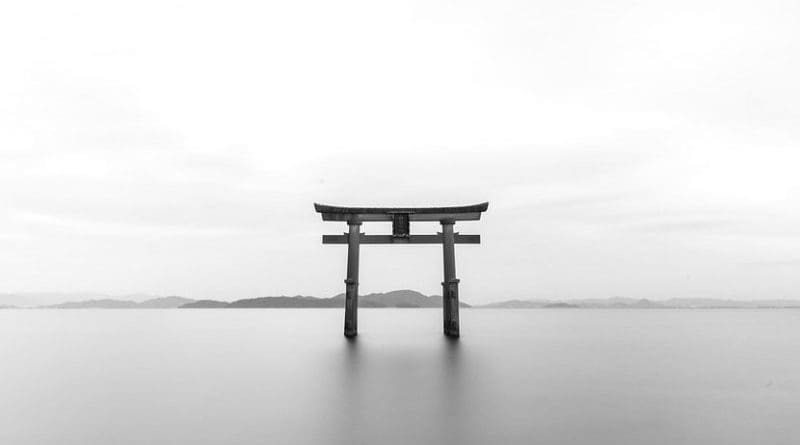The Social Suicide Of Japan’s ‘Hikikomori’
By UCA News
By Cristian Martini Grimaldi
For many Japanese, self-isolation can spiral to such extremes that it becomes tantamount to a form of social suicide. We are talking about the hikikomori syndrome. More than one million Japanese have been sucked into this solitary existence (hikikomori literally means to pull yourself inside).
It even turns out that a recent national survey on hikikomori had ignored a large slice of the population: women. In fact, there are over 130,000 hikikomori women in Japan. The previous census had not included housewives, single mothers and domestic carers. It was assumed that these social categories could not suffer from the most Japanese of syndromes. In no time, counseling groups were set up to help them get out of the “hermit depression.”
Contrary to the common perception, this pathology doesn’t arise from a weak psyche lost in the manga and video games world. Many confuse the effect with the cause, but as is often the case there are deeper and inconspicuous causes.
Hikikomori syndrome started to permeate Japanese society when urban migration picked up momentum during the 1960s as generations of young people emigrated from the countryside to the cities.
In the process of building a solid career as white collar workers, something got lost, something invaluable was left behind. It was the precious bond with their jikka, the native village. What makes the jikka so special is not just that it is there that Japanese find the comforting warmth of familiar connections but it is also the primary source of their spiritual stamina.
The traditional religious festivals (Shinto matsuri) for generations have helped shape and strengthen the spiritual bond within the community and between this community and their kamisama (gods).
Even today we can witness small villages, with the few remaining youth, celebrate local religious events with a fervor that is unchanged since centuries back. The divine spirit of the local god is there not only to protect the village but to reward with blessing and inner strength all those who revere it.
In the big metropolis, all this is gone. Sure, people do go to matsuri in cities like Tokyo and Osaka but it amounts to a mere pastime, a break from the working routine. Without true emotional participation, the religious celebration becomes a mere folkloristic extravaganza (all the more while surrounded by hordes of tourists).
As this psychological safety net was loosened, nothing remained to underpin the Japanese spirit in the daily struggle toward a life of professional achievements, which we all know often includes hard failures.
It is from the end of the economic boom in the early 90s until the 2007 financial crisis, which in many ways had a bigger impact in Japan than in United States where it originated, that there has been an eruption of people sucked into this horrible syndrome.
This era is also known as the shushoku-hyougaki, the evocative expression that the Japanese use to define “the ice age of hiring” or the period of economic stagnation. This was a troubled period, especially for young people seeking employment.
For the most vulnerable to face the challenges of a hyper-competitive job market, the single blow of a dismissal, or a job interview gone wrong, was enough drain all their self-confidence. With no family support, not just their ego but their soul was challenged, and many slowly slipped into the tunnel of that sterilized existence that is the hikikomori state.
At that time, a saying was valid in the Japanese system: shakai no rairu hazureru to modotte kurenai. That is, if you go astray from the rails of society, you can no longer realign.
Being hired by a large company means immersing yourself body and soul in the competitive milieu. Every month means anxiously awaiting the rankings of the most prolific employees: those Stakhanovs who manage to multiply personal productivity and pull the whole team along with them. This regime of exasperated rivalry unsurprisingly shapes a hostile environment indifferent to the fate of individuals, and no compassionate support awaits those who fall behind.
A Japanese in distress does not look for emotional support from his friends, and families are usually far apart, nor do they seek clinical solutions.
Like an ancient samurai who lost his master, the person starts drifting away. But the solitary samurai (known as rounin) could still count on his deep-rooted warrior ethics in his struggle through life as an outcast. On the contrary, the hikikomori finds himself defenseless, the alienating result of the disruption of the connection with all the sources of spiritual strength.

